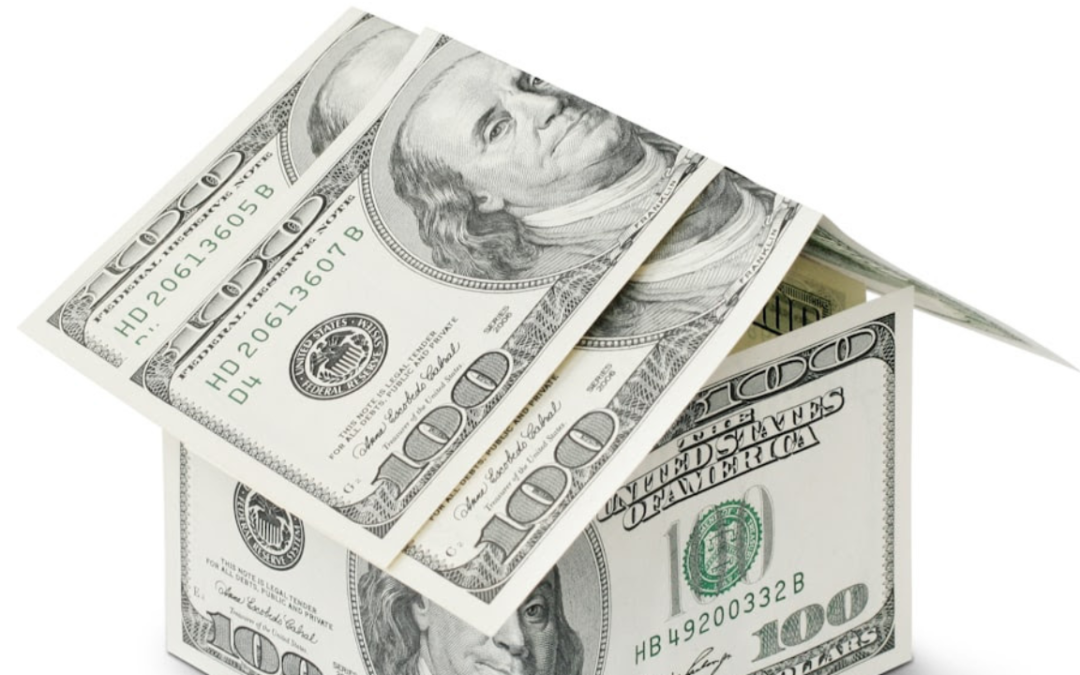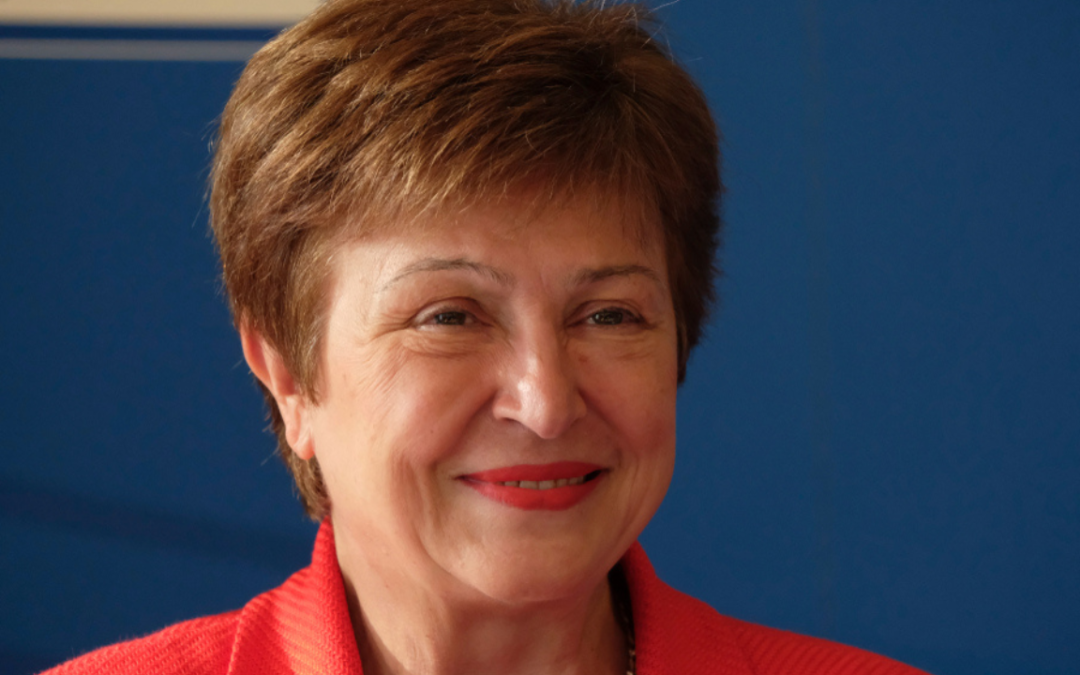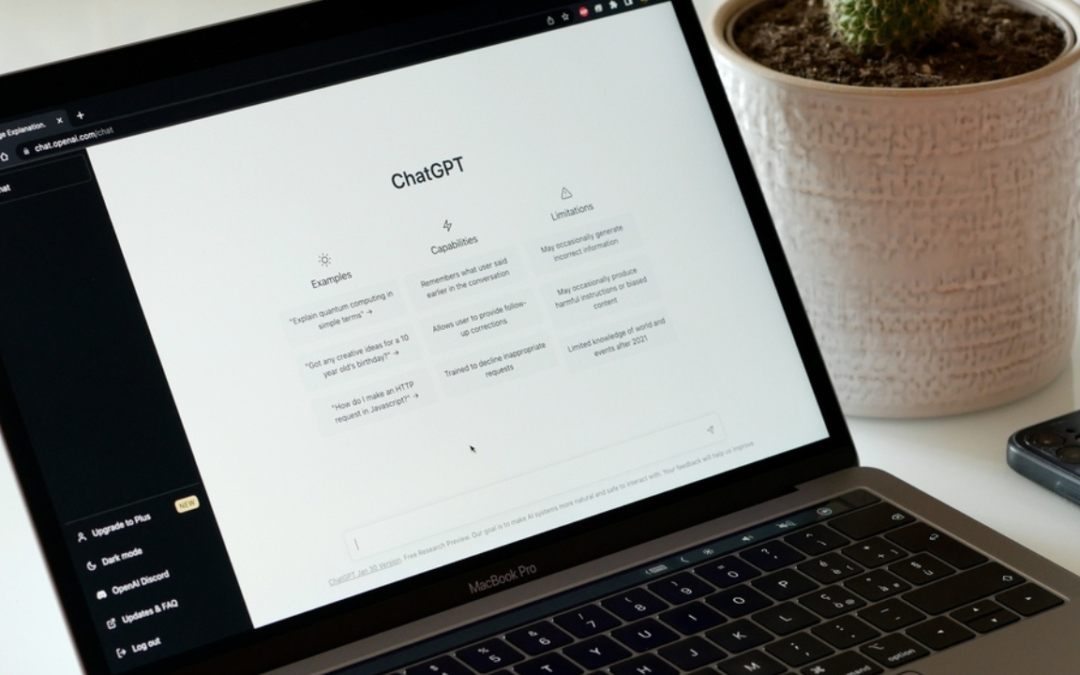Global markets are struggling to find direction. Bond yields recently fell to multi-month lows, before bouncing back at the end of last week. Global equities have flirted with all-time highs, but over the past month investors have been furiously switching between cyclical and more defensive styles. The dollar had been weak for most of the 2021, but has recently rebounded. Commodity markets have pockets of strength, above all in crude oil or coal, but have otherwise cooled.
That pattern, a kind of maddening indecision, is something we should expect more of during the second half of 2021. The reason resides in the calculus of markets, namely a divergence between first and second derivatives.
Recall that asset prices move according to new information. But market-relevant news has two dimensions: information about the recent past and expectations for the future.
At times, the two are aligned. For instance, when growth is strong and accelerating, incoming data furnish positive surprises that are reinforced by improving expectations for future growth and profits. That happy state lifts cyclically sensitive stocks relative to the overall market. It also supports rising bond yields and higher commodity prices. The US dollar typically fades as investors seek out opportunities in more growth-sensitive emerging and European markets.
At other times, the recent past and future expectations diverge. Today, for example, GDP growth is strong, but most indications suggest the expansion is peaking. Accordingly, growth forecasts are being revised downward.
In the parlance of calculus, the first derivative is high, but the second derivative is negative. For investors, this means confusion, even conflict. Should one allocate to cyclicals based on upside surprises about the recent past, or assume a more defensive posture reflecting the risk of negative surprises in the future?
Over the past month, markets have arguably focused on the negative second derivative of GDP growth. Investors have knocked down bond yields and eschewed cyclical rotation trades in favor of stable (i.e., more defensive) growth styles.
That isn’t crazy. Politics have thrown a spanner in hopes for further US fiscal stimulus as bipartisan negotiations have watered down the Biden infrastructure spending plans. The more contagious ‘Delta’ variant of the Covid virus is spreading rapidly around the world and among unvaccinated communities in the US. The Fed has hedged its earlier unambiguous support for easy money and strong growth. And the latest production surveys in the US and China point to peaking output growth, exacerbated by supply bottlenecks.
Still, there are reasons not to toss in the towel. Bottlenecks and other constraints on supply may ease. The latest US jobs report surprised on the upside. As generous unemployment benefits expire, schools resume the task of childcare this autumn and wages rise, the US labor force participation rate may jump, permitting output to expand more vigorously. Gridlock in Washington may have stymied infrastructure spending, but it also forestalls tax increases. And as bad as the Delta variant may be, the evidence suggests that existing vaccinations are effective. In today’s struggle between mutation and medicine, science has the upper hand.
The second problem with becoming overly defensive just now is that in the next few weeks the Q2 earnings season is likely to impress. Last quarter’s earnings reflect a strong first derivative, as the US economy appears to have expanded at nearly an 8% annualized rate between April and June.
That bodes especially well for cyclicals such as Energy, Materials and Financials. Moreover, Wall Street analysts tend to underestimate operating leverage—the ability to extract extra profit from higher sales—at cyclical turning points. In the just concluded quarter, earnings growth may exceed revenue growth by a wider margin than an already bullish consensus is prepared to forecast. Being ‘short’ or even ‘underweight’ cyclicals over the next few weeks carries considerable earnings surprise risk.
So, what’s the bottom line?
Simply put, the fundamentals have shifted. After six months of congruent first and second derivatives, divergence has arrived. An inflection point is upon us. Growth is high, but decelerating.
When the first and second derivatives fall out sync, investors become less certain. Bulls and bears tussle. Market gyrations become more pronounced. Leadership shifts, and then shifts again.
In short, volatility and dispersion increase. That’s the calculus of first and second derivatives.
We should probably get used to it.



